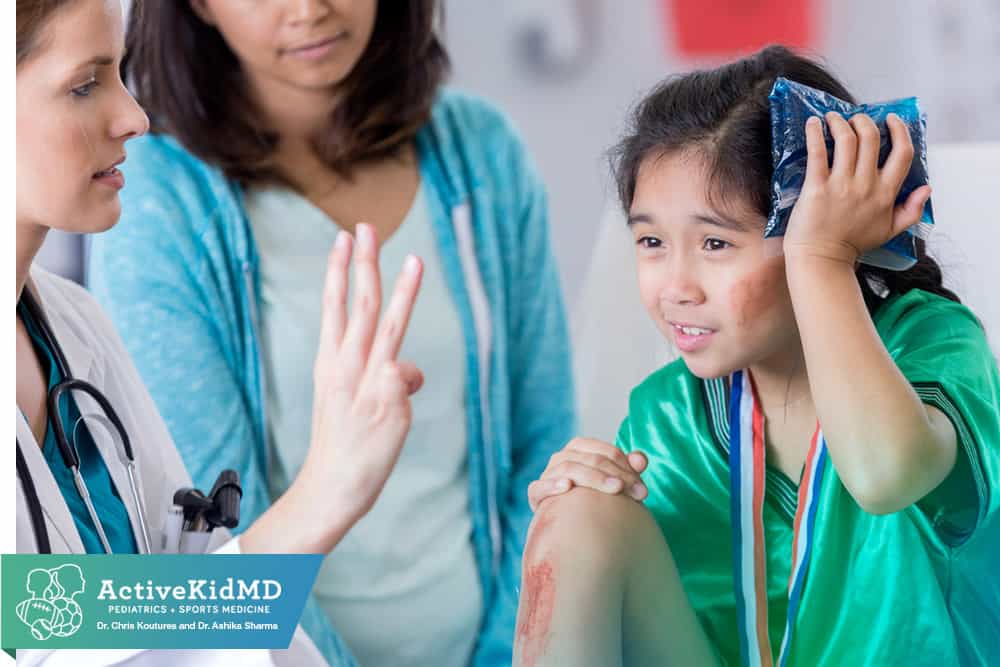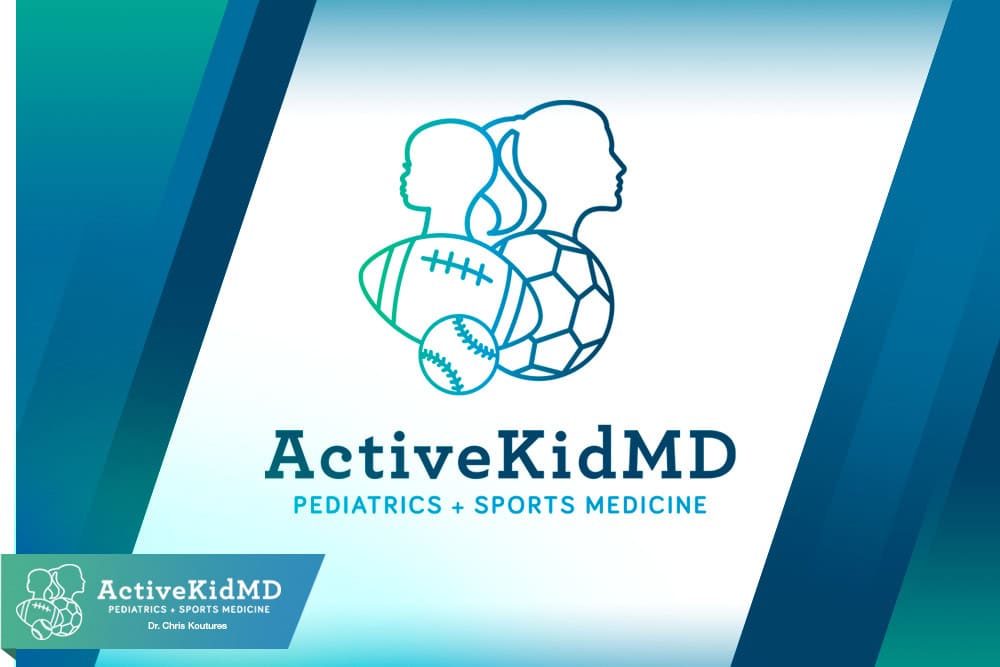Advice by Sports Medicine Topic: Concussions
Each Concussion Is Unique And Deserves Individualized Assessment And Management.
CLICK HERE FOR MORE CONCUSSION INFORMATION
There is no one standard test or question to diagnose a concussion- I often will use multiple questions and evaluation tests to follow a concussion. Please refer to the SCAT Concussion Form found on the Patient Forms page.
Many star athletes have limited or ended careers due to troubles from repetitive head injuries. While there remains much to learn, sports medicine experts are growing more concerned over the long-lasting impact of head trauma especially in young athletes.
My Child Was Not Knocked Out, So That Is OK, Right?
Concussions do not necessarily require being hit in the head or getting knocked out. The full definition of a concussion is any fall, blow, or trauma that causes physical, emotion, or mental changes with or without loss of consciousness.
What Are Some Of These Changes?
- Difficulty remembering events before/after the injury
- Poor concentration/memory
- Headache
- Vision changes (double vision, poor peripheral vision)
- Emotional outbursts or personality changes (crying, laughing at inappropriate times, acting more silent than usual)
- Vomiting or stomach upset
- Weakness or odd sensations in the arms or leg
- Fatigue and irritability
Athletes must realize that it is not tough to play with a head injury. Parents, coaches, and medical personnel cannot read the mind of an athlete. Many symptoms are not obvious to an outsider and we must depend on the athlete to report problems whenever they occur. Convince your child that it is indeed cool to tell coaches, parents, or an athletic trainer of any head injury symptoms.
What Should We Do If These Symptoms Occur?
If there is any suspicion of a concussion, immediately remove the athlete from play and do not allow return to any sport activity until evaluated and advised by a sports medicine professional familiar with concussion management.
If the athlete has neck pain or is unable to leave the playing field, do not move the athlete and dial 911 to activate the emergency response system. A qualified medical professional must evaluate the athlete before any return to activity.
Often relative physical and cognitive rest is prescribed for the first few days with limited computers, TV, cell phones, texting, music, DVDs, reading or other stressors on the healing brain.
My Daughter Had A Normal Head CT Scan – So This Means She Does Not Have A Concussion?
A normal CT scan after a head injury means no sign of bleeding, fracture, or abnormal swelling of the brain. However, it cannot show what happens to the microscopic nerve cell level where damage occurs.
Most CT Scans are normal after a concussion, but this does not mean that the athlete did not suffer a concussion. Sports medicine professionals base the diagnosis of concussion on signs and symptoms rather than the results of a CT Scan.
What Types Of Treatment Strategies Can Be Used To Help An Athlete Recover From A Concussion?
- Limit stress to the healing brain
- Control headaches with preventative over-the-counter products while trying to limit use of common pain reducing agents
- Appropriate school modifications to maximize current capabilities to learn while reducing risk of symptom flares
- Physical therapy to improve balance, conditioning, and strength
- Visual therapy and evaluation to address common eye issues that affect reading and concentration
- Neuropsychological evaluation that formally assesses brain function and can assist with school modifications

When Can The Athlete Return To Play?
In many cases, symptoms will clear within several hours to days- however, because it is difficult to predict when resolution will occur, close and regular follow-up is key to developing an individual recovery program. It is essential that the athlete is free of any and all symptoms before he/she fully returns to play.
Often, an athlete begins with light running and non-contact exercise and then later returns to full-speed, contact sports. Incomplete healing of a first head injury makes the athlete more prone to a second, often more severe head injury with death as an uncommon but possible outcome.
Some athletes may be diagnosed with post-concussive syndrome with symptoms that last for weeks to months and not only affect sport participation, but also school and personal relationships.
My Son Has Had Three Concussions – Is He OK To Play Football?
Even when symptoms have finally cleared, any athlete who has suffered a previous head injury is statistically at greater risk for future head injuries. Often, parents of athletes with a history of head injuries have to make tough decisions about certain sports that have higher likelihood of head injuries. If your child has a history of previous head injuries, or in any case of complicated head injury, call the office or schedule an evaluation.
Can Computerized Head Injury Monitoring Programs Be Helpful?
Computerized programs have been developed to evaluate athletes in certain neuropsychological areas such as memory, visual motor skills, attention, and concentration. These tests can be done in the pre-season, and then repeated if necessary after a head injury. The post-injury results can be compared to pre-season numbers to help manage an athlete after a concussion. They are part of the entire evaluation after a concussion.
A computer result alone does not determine when a performer returns. The return-to-play decision is up to clinical judgement after looking at several aspects of the post-concussion recovery.
I have recently teamed with other head injury specialists to start head injury prevention and management programs for local club, high school and college teams. If you would like more information or would like your organization to participate, please contact the office.


